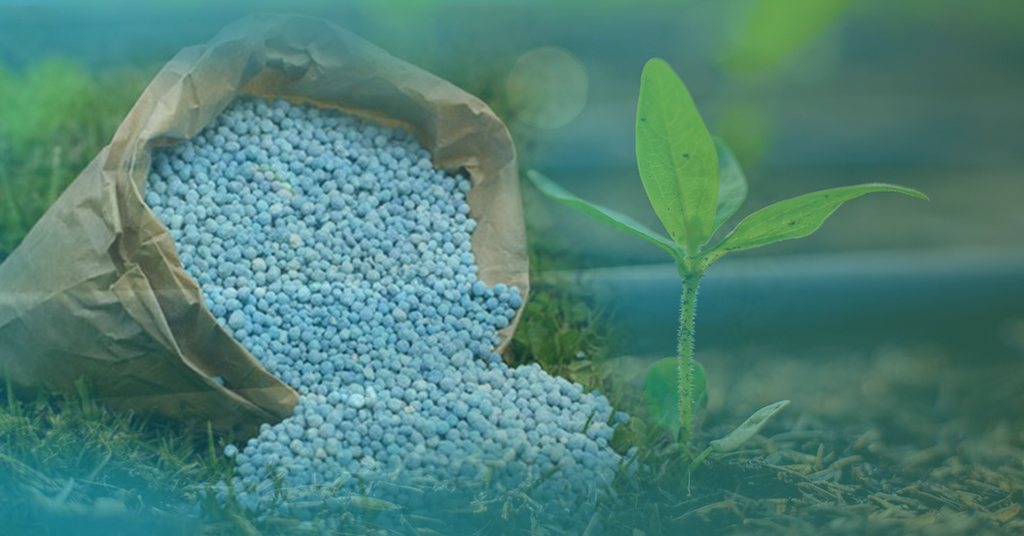Welcome To ChemAnalyst

New Delhi: A new report has uncovered that the costs of imported fertilizers have more than doubled from 2020 to 2022, with the world's largest corporations in the industry taking advantage of their market power to gain huge profits--particularly in the Global South. This coincides with a period of energy crisis for both farmers and governments, with prices for key fertilizers increasing 189 per cent in 2021 and predicted to rise 288 per cent in 2022.
According to an analysis, Governments in the Group of Twenty (G20) forum paid at least $21.8 billion (Rs 1,70,922 crore) more for vital chemical fertilizer imports in 2021 and 2022 than what was paid in 2020.
The corporations, on the other hand, are reaping huge profits - nine of the biggest fertilizer companies are projected to rake in $57 billion in profit in 2022, a fourfold increase from two years prior.
It is estimated that overall profits for 2021 and 2022 will amount to a whopping $84 billion--a staggering 30 times more than what US farmers are projected to pay for fertilizer imports in 2022 ($1.9 billion).
The profits of nine of the world's largest fertilizer businesses in 2022 are set to be twice Senegal's GDP, the report revealed. From 2020 to 2022, imports of fertilizers to Senegal more than doubled, causing associated costs for these companies to rise. In 2020, Nutrien, Yara, Mosaic, ICL Group, CF Industries, PhosAgro, OCI, K+S and OCP reported combined profits under $13 billion dollars.
The G20 nations, including India, Argentina, Australia, Brazil, Canada, China, France, Germany, Italy, Indonesia, Japan, South Korea, Mexico, South Africa, Turkey, the United Kingdom, and the US were all included in the analysis.
The escalating costs of natural gas combined with disruptions to exports from Russia and Ukraine due to the ongoing crisis has resulted in a dramatic spike in chemical fertilizer prices - up to three times more than two years prior.
In September 2022, India saw a 28.8% increase in the cost of importing Urea, 11.7% more for Muriate of Potash, 84.96% more for Ammonia and 3.8% higher costs for Di-Ammonium Phosphate, according to the Department of Fertilizers from the Union Ministry of Chemicals and Fertilizers. Corporate profits were found to be a contributing factor to the rising prices of fertilizer.
Just four companies control 33% of the global $200 billion fertilizer market, with CF Fertilizers currently in a monopoly over the UK's market and Mosaic estimated to have 90% control over the US's Phosphate fertilizer production. The National Farmers' Union has voiced concern over CF Fertilizers' dominating presence in their country.
In 2021 and 2022, the developing countries of Ghana, Ethiopia, Pakistan, Senegal, Kenya, Bangladesh, Zambia, Tanzania, and Nigeria spent a total of $2.9 billion on fertilizers – an increase of 186% and 295%, respectively. The rising cost of fertilizer has led to higher food prices due to either reduced production yields or farmers using less fertilizer or cultivating fewer acres.
In early October 2022, the United Nations warned that without action to reduce fertilizer prices, a global food shortage may occur. The rising cost of fertilizer is also putting pressure on government reserves and budgets, leaving them unable to keep up with their current subsidies for the product.
“Ghana, for example, had to scale back its fertilizer subsidy scheme, reducing the total amount of fertilizer covered by the scheme from 450,000 tonnes to just 150,000 tonnes,” it said.
Even as the Indian fertilizer subsidy budget, currently standing at $26 billion, falls far short of what is needed to combat the crisis, many governments are seeking ways to bolster chemical fertilizer production - thus further increasing profits for fertilizer companies.
When the G20 nations convene in Bali, Indonesia in November 2022, increased global fertilizer production will be a big topic of discussion. However, the report suggests that it would be more sensible and less expensive for governments to prioritize reducing consumption over the long term. This could mean helping farmers who wish to switch to more cost-efficient and eco-friendly options.
We use cookies to deliver the best possible experience on our website. To learn more, visit our Privacy Policy. By continuing to use this site or by closing this box, you consent to our use of cookies. More info.
